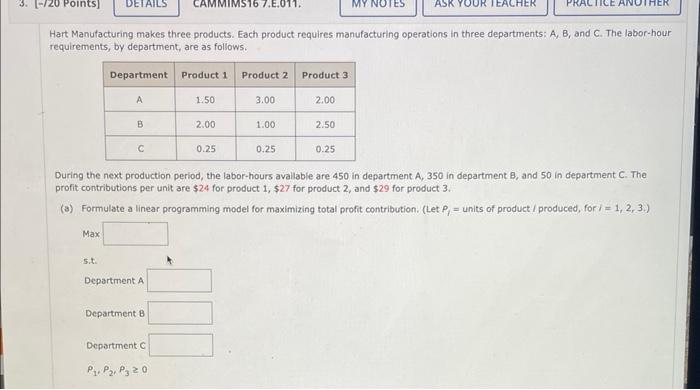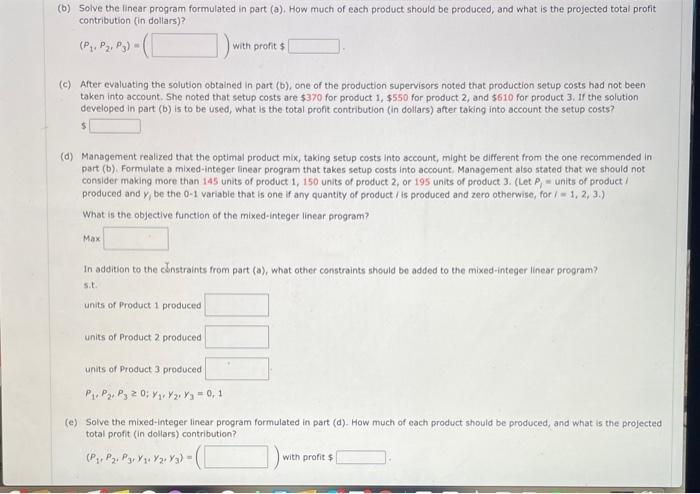Answered step by step
Verified Expert Solution
Question
1 Approved Answer
Hello! please answer all parts to the question clearly please its sometimes hard to understand the experts please thank you! provide the answer TO EACH
Hello! please answer all parts to the question clearly please its sometimes hard to understand the experts please thank you!
provide the answer TO EACH QUESTION CLEARLY please!!!
PLEASE CLEARLY LABLE THE ANSWER
question 1 


question 2
Step by Step Solution
There are 3 Steps involved in it
Step: 1

Get Instant Access to Expert-Tailored Solutions
See step-by-step solutions with expert insights and AI powered tools for academic success
Step: 2

Step: 3

Ace Your Homework with AI
Get the answers you need in no time with our AI-driven, step-by-step assistance
Get Started


